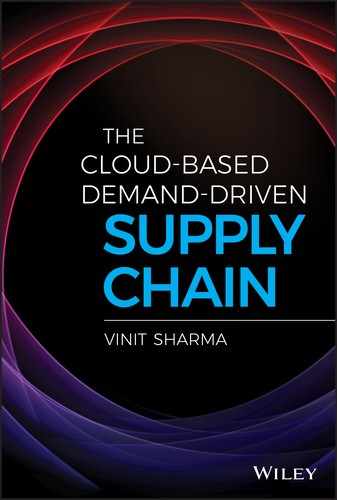Book Description
It’s time to get your head in the cloud!
In today’s business environment, more and more people are requesting cloud-based solutions to help solve their business challenges. So how can you not only anticipate your clients’ needs but also keep ahead of the curve to ensure their goals stay on track?
With the help of this accessible book, you’ll get a clear sense of cloud computing and understand how to communicate the benefits, drawbacks, and options to your clients so they can make the best choices for their unique needs. Plus, case studies give you the opportunity to relate real-life examples of how the latest technologies are giving organizations worldwide the opportunity to thrive as supply chain solutions in the cloud.
- Demonstrates how improvements in forecasting, collaboration, and inventory optimization can lead to cost savings
- Explores why cloud computing is becoming increasingly important
- Takes a close look at the types of cloud computing
- Makes sense of demand-driven forecasting using Amazon's cloud
Whether you work in management, business, or IT, this is the dog-eared reference you’ll want to keep close by as you continue making sense of the cloud.
